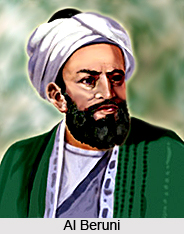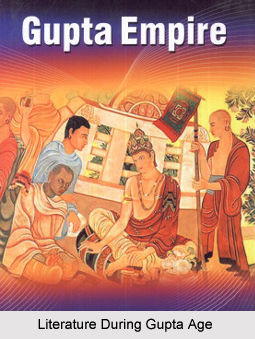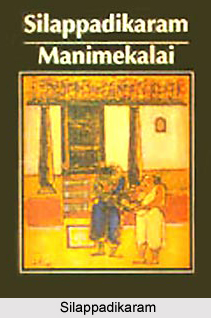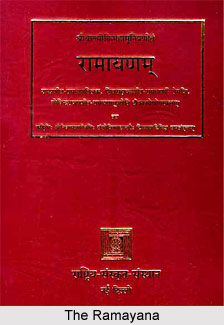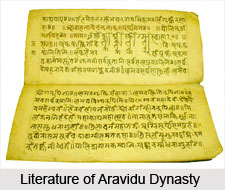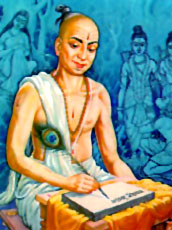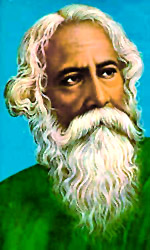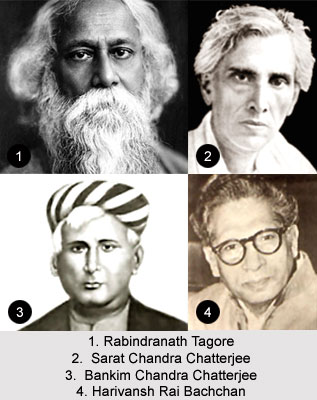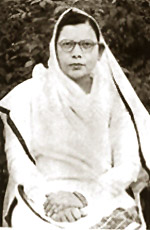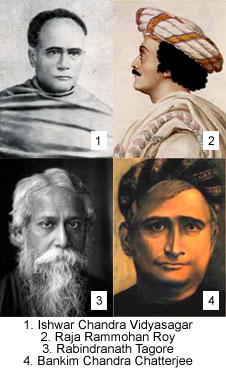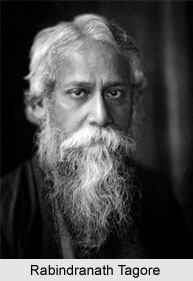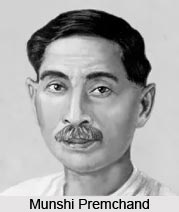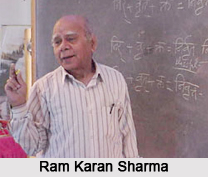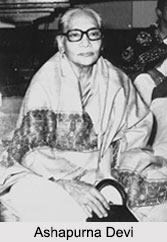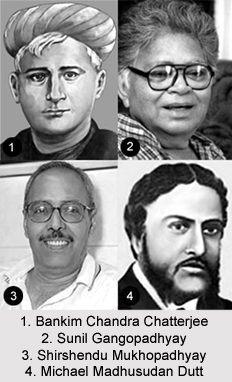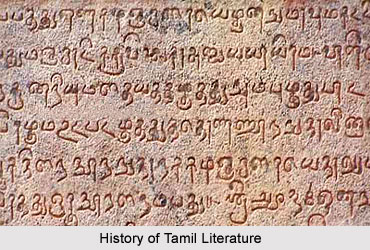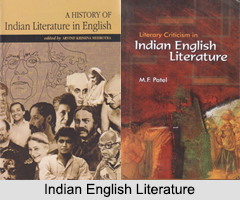Development of Medicine was a significant evolution during the Rig Vedic age. From the Bava-Prakasa which is a well-known medical work and a discussion from the Mahabharata, it becomes apparent that there was existence of various diseases during that period. The humid and clammy climate of India was the cause of various for the Indo-Aryans. Hence a lot of research work was conducted by the learned people. Lord Brahma wrote a book on medicine. Rudra, a renowned physician known as the `Lord of the Physicians` had significantly contributed his works on medicine. Brahma had also preached about medicine to Daksha, one of the twelve sons of the great sage Bhrigu and king of Kanakhala and also Vivaswan, father to Manu. Vivaswan later wrote his own book on medicine called the `Bhaskara Samhita.` Manu did not have any inkling towards medicine but his three half-brothers, the two Asvins and Yama studied medicine with Vivaswan and Daksha. Even Lord Indra, the raja of the deva-Aryans had gained knowledge of medicines from the two Asvins. It is from Indra that the science of medicine passed down to India.
Sage Atreya, upon realising the miseries of the Indians determined to study medicine and hence went to Lord Indra where the later taught him science of medicine. The sage on returning back set up a medical school. Six of his disciples, Agnivesa, Bhera, Jatukarna, Parasara, Kshirapani and Harita became the most distinguished disciples. They also subsequently wrote noteworthy books on medicine.
Many sages were moved by the miseries caused by diseases in India hence they sought for means of cure of these diseases. They held a meeting in which present were Bharadvaja, Angiras, Garga, Marichi, Bhrigu, Bhargava (Sukra), Pulastya, Agasti, Asita, Vasista, Parasara, Harita, Gautama, Sankhya, Maitreya, Chyavana, Jamadagni, Gargya, Kasyapa, Narada, Bamadeva, Markandeya, Kapisthala, Sandilya, Kaundinya, Sakuneya, Saunaka, Asvalayana, Sankriti, Vishwamitra, Parikshita, Devala, Galava, Dhaumya, Kapya, Katyayana, Kankayana, Vaijavapa, Kusika, Vadarayani, Hiranyaksha, Lokakshi, Saraloma, Gobhila, Vaikhanasa, and Valakhilla. After the meeting they sent Bharadvaja to Lord Indra where the latter taught him about medicines. This helped in curing many illness and diseases.
In the Hindu medical literature Charaka and Susruta are the most eminent personalities. They belonged to the epic age. Though they were not the original authors they were the greatest compilers. Charaka had compiled the magnificent works of the six disciples of Atreya. The minor loopholes in his work were amended by the learned Drirhavala, a writer of Panchanada. The latest work of Charaka was then finally placed in the court of Kanishka. Another notable person Divodasa, the king of Benaras was extremely proficient in medical science and excelled in surgery. Hence he was bestowed with the title Dhanvantari. Even Susruta, a son of the great sage Visvamitra had learnt the subject under his guidance. Another scholar Gautama wrote his work under the name Kumara-Bhritya, meaning treatment of the infants.
They discovered that the fact that the basic function of pliha (spleen) and yakrit (lever) in the body is to make blood. The Vedas mentioned about 360 bones in the body whereas Susruta proved that there existed 300 bones.
During the Rig Vedic age the use of numbers reveal their familiarity with the science of numbers. They were also aware of the decimal notations. There are many instances which prove that the Indo-Aryans knew the rudiments of geometry, mensuration and trigonometry. The dissections of animals for sacrifice and food show their knowledge about anatomy.

